With regards to white steadiness, there are a number of methods to perform it. Truthfully, I feel I’ve tried all of them! Discovering one of the best one on your capturing model is vital.
You could wish to set a customized white steadiness in digital camera or regulate it in an enhancing program corresponding to Lightroom or Photoshop. Whichever means you select to deal with WB (White Stability) it’s a step that may’t be skipped.
We’re going to take a look at other ways to acquire an accurate impartial white steadiness. I’ll examine a number of other ways and instruments to make use of and hopefully it should make it easier to resolve the easiest way on your capturing model.
A number of the hyperlinks on this publish are affiliate hyperlinks. Thanks prematurely for supporting Click on it Up a Notch®.
Desk to Contents
- What’s white steadiness?
- What does white steadiness do?
- The best way to set white steadiness
- The best way to use auto white steadiness
- Utilizing a grey card to set white steadiness
- The best way to use Kelvin to regulate white steadiness
- Utilizing an ExpoDisc for white steadiness
- The best way to use a white sheet of paper to set white steadiness
- The best way to regulate white steadiness in Lightroom and Photoshop
- FAQs on white steadiness
What’s white steadiness?
When you have taken a photograph at evening indoors and the photograph appeared to have a yellowish shade to it, that’s as a result of the white steadiness was off.
White steadiness is the colour of the picture. Some pictures seem extra heat or orange and a few images are cooler or extra blue. You set the WB to attain the specified shade.

What does white steadiness do?
WB performs an enormous position within the consequence of a picture. When starting to edit a picture, one of many first issues I do is appropriate publicity, then WB.
You possibly can have one of the best focus, greatest composition, and ideal lighting, however with out good shade, the picture goes to be lacking one thing or in actually technical pictures phrases, simply look wonky.
The best way to set white steadiness
With regards to setting your WB you could have just a few choices. Don’t fear, we will likely be going over all of them so you already know what’s going to work greatest for you.
Attempt to set white steadiness in digital camera
There may be an auto white steadiness setting in your digital camera that you should use. Or you possibly can regulate it manually utilizing Kelvin (examine to see in case your digital camera has this setting as not all cameras do). You should utilize a white piece of paper, a grey card, or an Expodisc. When utilizing one in all these choices you’ll want to set your digital camera up for customized white steadiness. It will enable your digital camera to learn the sunshine on one in all these choices and set your white steadiness accordingly.
Purpose for an correct or constant shade
White steadiness can be subjective. Some individuals choose hotter pictures, some choose cooler pictures.
The purpose of utilizing a WB device is to get correct shade, but additionally constant shade, which is able to make managing your pictures a lot simpler when you get them off of the digital camera and into a photograph enhancing program regardless should you choose a hotter or cooler edit as a completed picture.
You possibly can edit in publish processing
After all white steadiness may be tweaked in Lightroom or Photoshop, however for me, the best strategy to set WB is in digital camera with minimal modifications in an enhancing.
Stressing over WB is one in all my least favourite facets of pictures, so I select to get it as near good as I can, so there’s much less stress about it on the again finish.
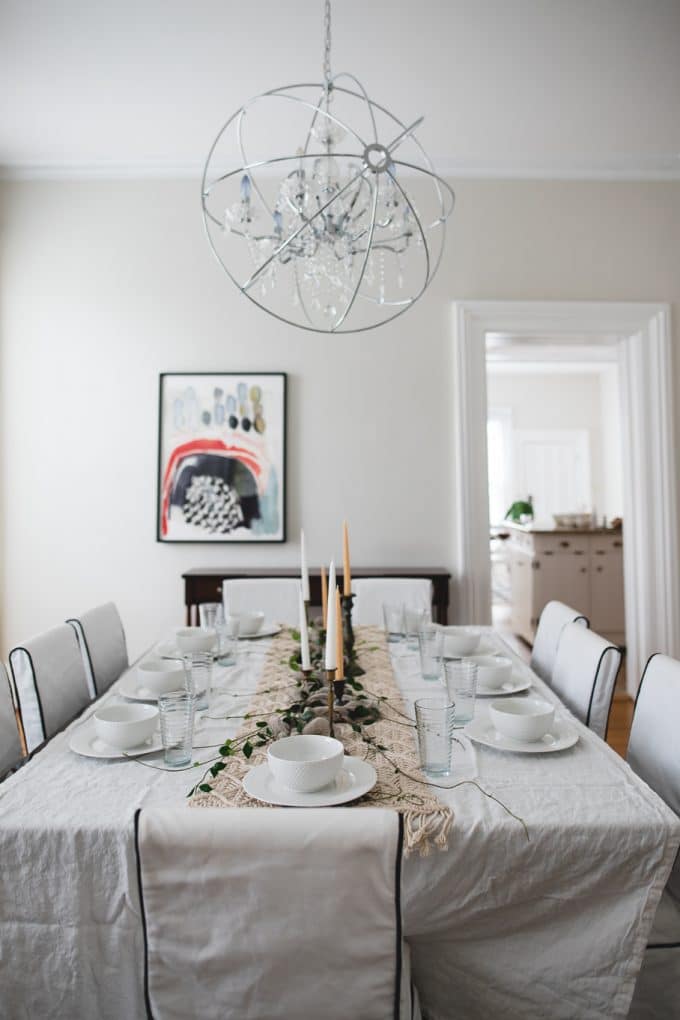
The best way to use auto white steadiness (AWB)
I feel most individuals when first beginning out start with auto white steadiness. Often as you improve cameras, the AWB function will get higher and higher. I bear in mind there being an enormous distinction when
That is the best of the choices so far as setting your digital camera, however most likely essentially the most time intensive as soon as the picture has been uploaded to a picture enhancing program. There are various properly established photographers that discover AWB to work nice for them with minimal work in enhancing, however sadly, this has by no means been the case for me.
The higher your publicity in digital camera, the higher the AWB function will likely be as properly. Underexposed pictures seem blue, overexposed washed out of shade, so when utilizing AWB, good publicity is vital.
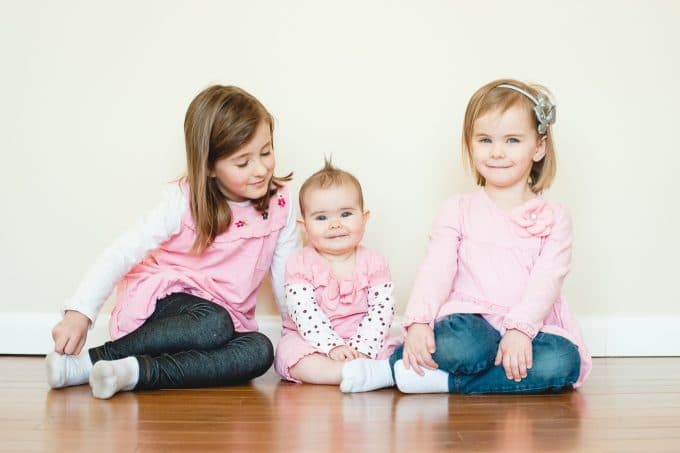
Professionals to AWB
- Simple to make use of. You possibly can shoot away in any lighting throughout a shoot with out altering settings.
Cons to AWB
- Could require extra enhancing in your enhancing program of alternative.
- Can change from picture to picture relying on how your digital camera measure the sunshine, the place customized white steadiness is constant from picture to picture till you modify it.
Utilizing a Grey Card to set white steadiness
There are various, many manufacturers in the marketplace that I’m certain do a improbable job. Right here’s a hyperlink to an ideal one to take a look at. They arrive in numerous sizes. The one footage under one is an 8×10 which makes it simple to fill the body for a measurement, however makes it harder to hold round on shoots.
It may be used to set publicity in addition to white steadiness. To set publicity, you place it within the lighting situation that you can be utilizing, set your publicity to the middle.
Then the customized white steadiness may be set following the directions on your digital camera. This one must be changed because it has been scribbled on. I didn’t do it!
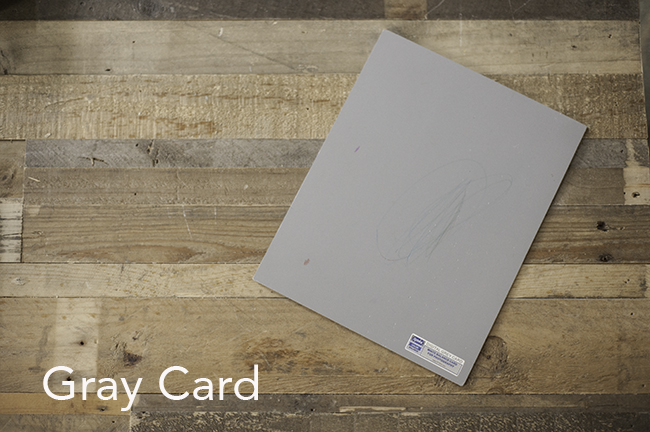
Learn extra: The best way to set customized white steadiness
The best way to use a grey card in enhancing
Place the grey card within the lighting situation that you can be utilizing and snap a fast image with it within the body. Then you possibly can proceed to shoot away whereas in the identical lighting. Any change of lighting would require one other fast picture with the grey card in it.
Afterward, in your photograph enhancing program, you should use the white steadiness device to set your white steadiness by clicking on the grey card within the check pictures and making use of that white steadiness to the entire pictures taken in that lighting situation. Then, repeat for every further change in lighting situations.
Set a customized white steadiness
Set a customized white steadiness (CWB) in digital camera. Utilizing the grey card this fashion would require minimal work afterward in enhancing as a result of your white steadiness will likely be utilized to your entire pictures within the digital camera as a substitute of afterward in an enhancing program.
Each digital camera mannequin will range, and a few make it simpler than others, however take an image of the grey card and the digital camera robotically applies that white steadiness to the entire pictures you’re taking till you modify your CWB or change your digital camera setting to a different type of white steadiness, corresponding to AWB or Kelvin.
When utilizing a grey card, that is the strategy that I choose, and my digital camera makes it very easy to do that with out going right into a menu. In case you are not sure of how to do that, look in your digital camera handbook below Customized White Stability and there ought to be directions on how to take action.
The best way to use Kelvin to regulate white steadiness

Kelvin is an effective way to set white steadiness. I exploit this technique quite a bit, principally when I’m outside. I could tweak it in Lightroom or ACR somewhat bit, however for essentially the most half it’s fairly minimal until there’s blended lighting, which tends to get tough regardless of the way you select to set CWB.
Decide the colour of your lighting and set your digital camera to a temperature of shade. This technique takes some follow and it could take some testing as properly to get it proper.
Whereas I’m am not good at choosing the proper temperature each time, it’s simple to regulate in an enhancing program as a result of for essentially the most half you progress the slider both to the blue to chill it down or to the yellow to heat it up. I like to make use of Kelvin quite a bit once I’m outside.
My favourite settings for Kelvins are:
– Utilizing pure gentle – 5250K
– Utilizing synthetic indoor gentle – 3300K
Learn extra: The best way to use Kelvin for White Stability
Professionals of utilizing Kelvin
- It doesn’t require any additional tools and it will get me fairly near the place I would like my white steadiness to be.
Cons of utilizing Kelvin
- As a consequence of shade casts indoors from partitions, carpet, and many others, it isn’t fairly as correct for me indoors as it’s for me outside.
- It solely accounts for lighting from the yellow to blue ranges. Fluorescent lighting also can add a mixture of inexperienced/magenta, so the tint can even should be adjusted extra aggressively in publish processing when utilizing Kelvin in these sort of lighting situations.
Utilizing an ExpoDisc for white steadiness
I additionally actually love the ExpoDisc for white steadiness. It’s my go-to for white steadiness when I’m indoors. After utilizing this device, I panic if I’ve misplaced it, as a result of I do know that it’s going to take me longer to edit my pictures with out it.
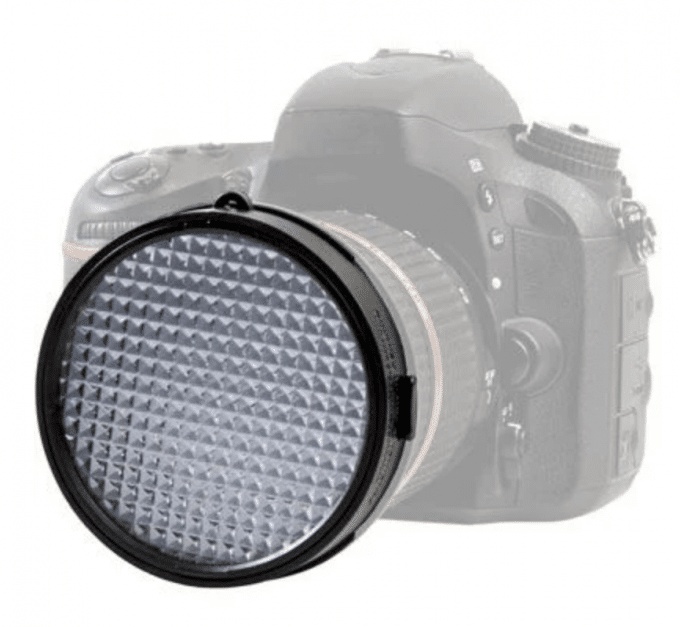
Utilizing the Expodisc, meter on your topic, then level your digital camera on the most dominant gentle supply of the room or if outside on the gentle supply that’s in your topic.
For instance, if you’re utilizing the sunshine streaming in from a window, comply with the directions on your digital camera mannequin to set a customized white steadiness, then take an image with the Expodisc protecting your lens pointed towards the window. Then your CWB is about and you may proceed to take footage till you progress your topic or the colour of sunshine modifications.
Learn extra: The best way to use the ExpoDisc to good your white steadiness
White sheet of paper to set white steadiness
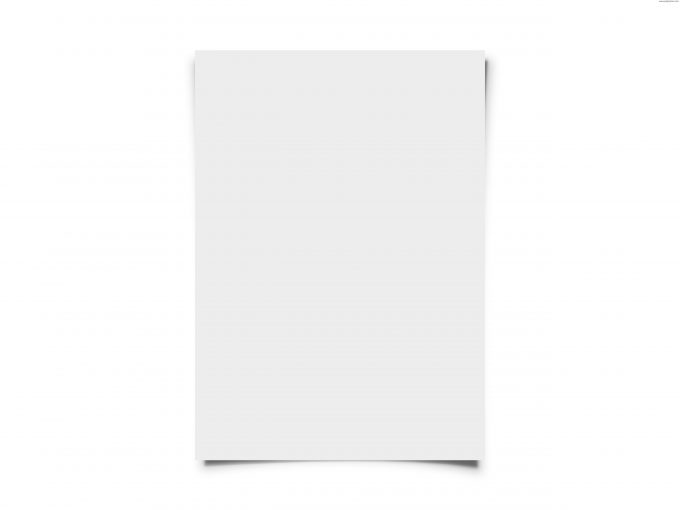
In case you are in a pinch and like to set a customized white steadiness, however don’t have a white steadiness device, or aren’t snug with Kelvin, you possibly can at all times use a white sheet of paper.
This technique is used identical to the grey card, both as an image of the white paper and adjusting WB in an enhancing program, or setting the CWB in digital camera following the instructions in your digital camera handbook.
Professionals to utilizing a white sheet of paper
- It’s low-cost and simple. If you happen to aren’t snug with Kelvins and are in a pinch, a white sheet of paper is best than nothing in some instances.
Cons to utilizing a white sheet of paper
- White paper is available in many alternative colours of “white”. So, you’re going to get completely different outcomes relying on the colour of your “white” piece of paper.

Photographs to point out completely different strategies
Okay, tons of image to comply with. The next are pictures of the grey card utilizing the entire completely different strategies talked about above:
I used to be actually shocked at how completely different the entire pictures look. These have been all taken inside a couple of minutes an there haven’t been any modifications apart from resizing and including textual content to the photographs.
Utilizing a grey card

I just like the look of the Grey Card one of the best on this collection of pictures. The colour is the closest to the precise shade within the room.
Utilizing a white piece of paper
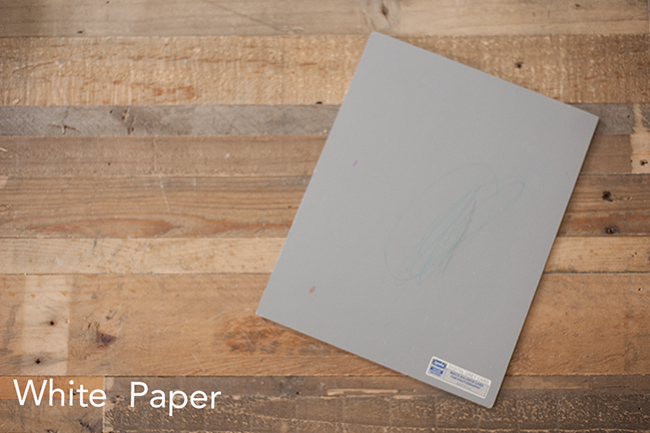
I used a chunk of white card inventory as my “white” paper. This one is a tad out of focus (sorry!) however it’s actually shut in shade to the grey card.
Utilizing auto WB
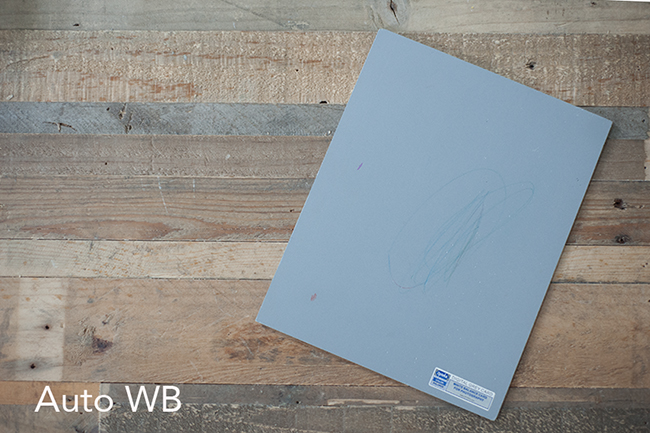
Auto did the worst job. When checking the RGB numbers (which for a impartial grey shade ought to in an ideal world be the identical) the Purple, Inexperienced, and Blue have been all about 10-12 factors aside.
In a picture with a grey card, that may be a fast repair, however and not using a grey card it would trigger some issues when coping with a picture with out a impartial shade to examine white steadiness with.
Instance of utilizing Kelvin
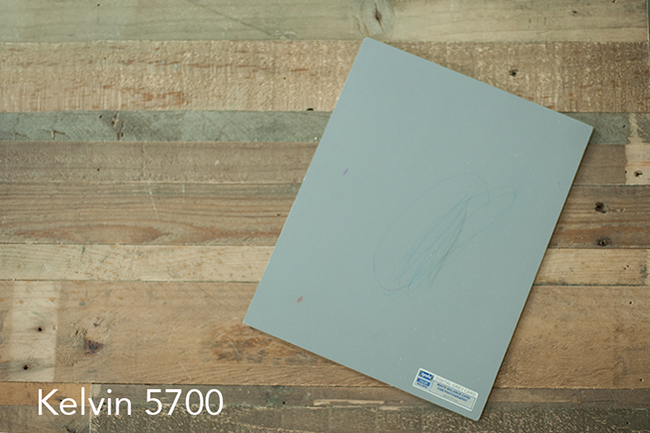
I used to be somewhat shocked by the next picture being off a lot. It’s actually cyan. If you happen to examine to the extra “impartial” pictures, it seems to be somewhat bluish inexperienced or cyan. After I was utilizing Kelvin extra in my on a regular basis capturing, I often wanted so as to add purple to my pictures. This could clarify why!
Utilizing an Expodisc
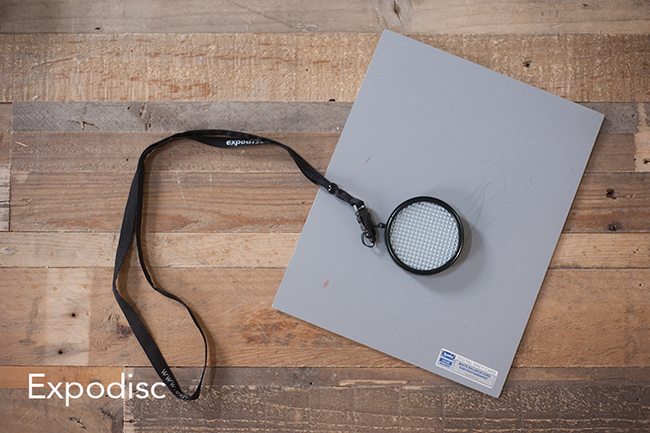
I exploit the expodisc nearly solely indoors. I used to be a bit shocked that it didn’t do in addition to the grey card. After I seemed on the RGBs in Lightroom, the Purple and Inexperienced have been equal and the Blue was somewhat excessive. After including somewhat yellow, I had so as to add a tiny little bit of inexperienced. It was a fast repair, however one I didn’t actually anticipate.
Setting the Scene
And that is the world the place I took these pictures. The sunshine was coming from the doorways pictured right here. My sassy toddler was within the chair both 90 levels to these doorways or 45 levels. I used to be standing digital camera proper for almost all of the photographs.
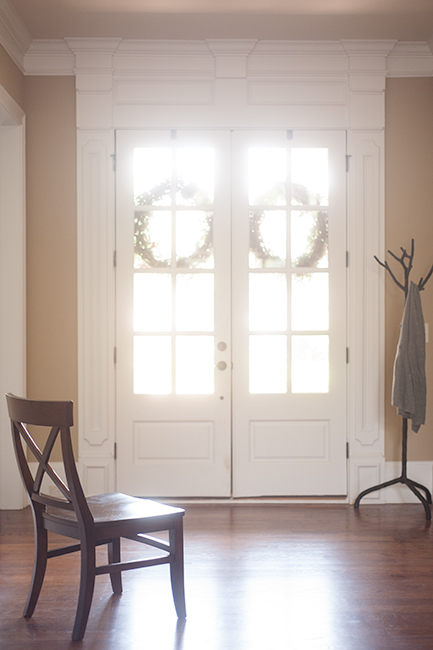
Subsequent up are footage of my pretty assistant. Oh, what somewhat sweet will purchase you.
These will not be SOOC pictures, nonetheless, I did very minimal work to them. I didn’t contact the temperature slider, however I did add a tad of distinction to every picture bc Lightroom imports mine as flat pictures….not very fairly.
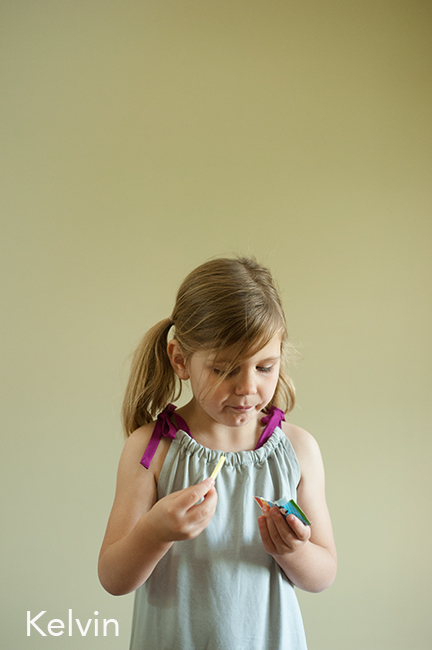
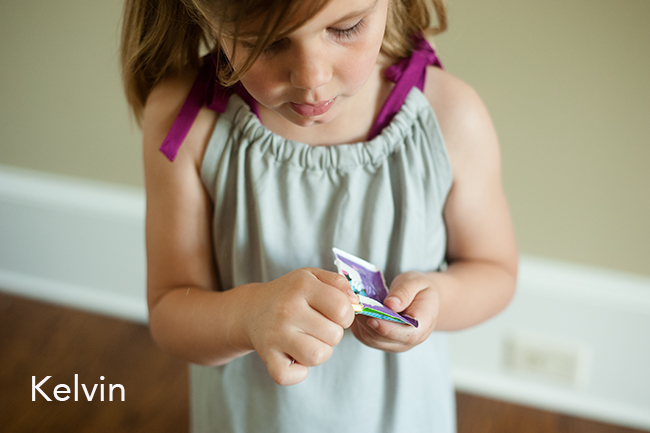
Examples of WB strategies outside
And because of my different assistant for serving to me with just a few out of doors snaps. Once more, publicity tweaked a tad, and a tiny distinction was added in Lightroom, however no different modifications or edits have been made.
AWB
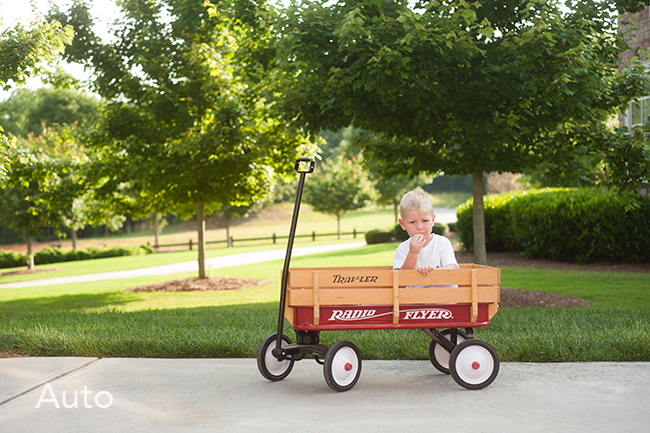
Disclaimer: He wasn’t crying due to me. He was indignant at his large sister for using off with the cookies….whereas he nonetheless had a mouthful.
Grey Card
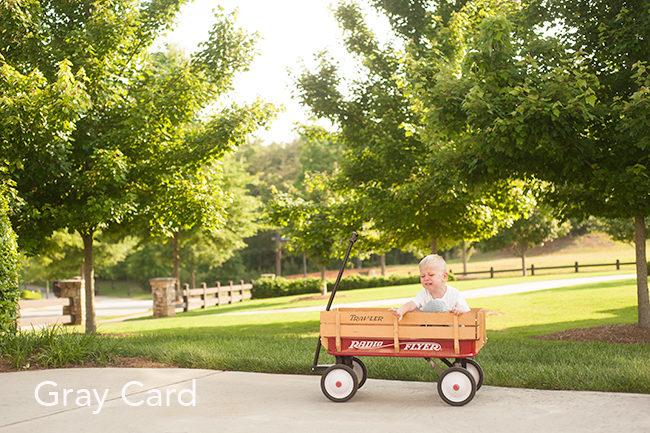
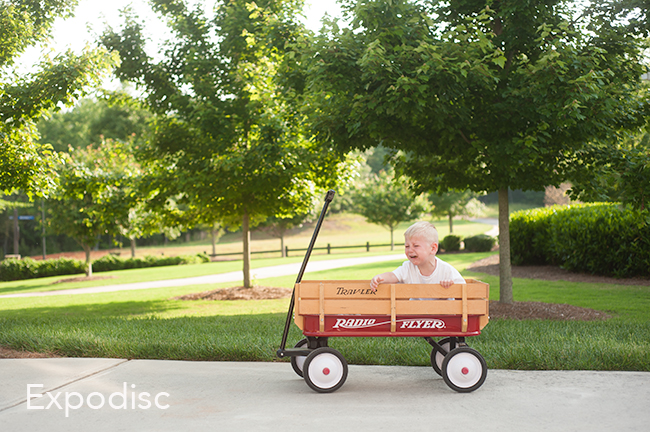
Kelvin
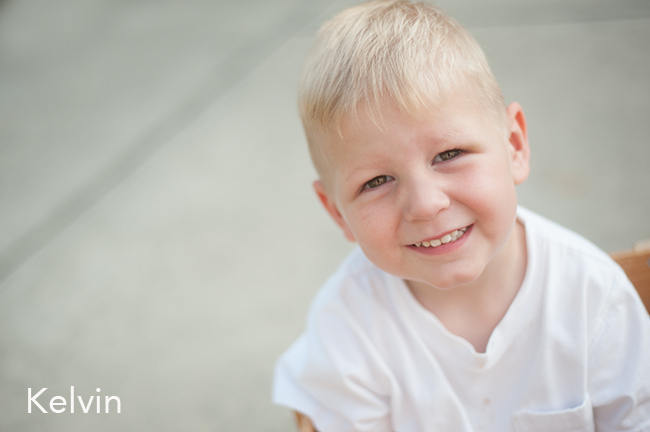
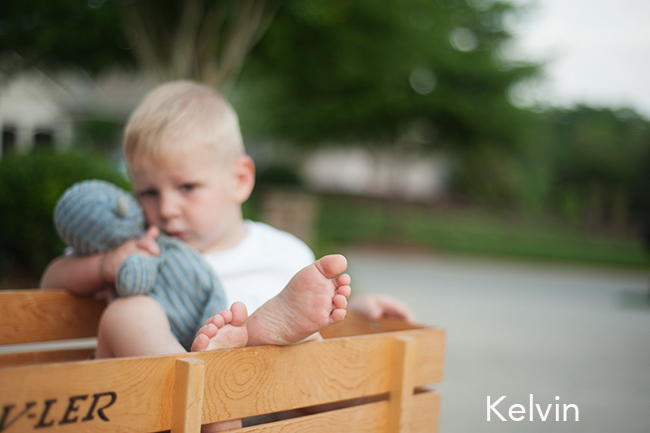
Whereas all of those look very completely different, they’re all inside an appropriate vary, relying on style. As soon as in Photoshop, I took measurements on the driveway concrete and all however Kelvin and white paper have been inside just a few factors of the RGB being equal. Pores and skin measurements have been additionally fairly shut, apart from the white paper, which was somewhat wonky, however to the attention doesn’t look horrible. Auto did a a lot better job outside than indoors. The outcomes look rather more just like the Expodisc in these examples.
The best way to regulate white steadiness in Lightroom and in Photoshop
Here’s a video on appropriate white steadiness in Lightroom that will likely be useful when utilizing AWB in digital camera (or tweaking white steadiness on the whole).
Learn extra: The best way to appropriate white steadiness in Lightroom
If you happen to use Photoshop moderately than Lightroom, I’ve a video for that enhancing software program as properly.
FAQs About White Stability
You possibly can change the white steadiness settings in digital camera utilizing AWB, CWB, or Kelvin. If you happen to didn’t get the prospect to repair it whereas capturing your pictures, you should use an enhancing software program like Lightroom and regulate it there. Both means, you possibly can often repair the white steadiness finally.
This undoubtedly depends upon your digital camera. Some cameras are actually good relating to AWB others appear to wrestle. I personally don’t use AWB as a result of it means I’ll almost certainly have to repair white steadiness later. Take just a few footage utilizing the strategies above and see how your digital camera holds up. You by no means know what’s going to work greatest for you!
Since temperature in pictures is measured through the use of Kelvin, daylight solar is measured as 5250K. So if you’re making an attempt to attain a daylight heat, you should have Kelvin at a minimal of 5250K.
No, white steadiness is the in regards to the shade and publicity is in regards to the gentle. For WB you need to make sure that your temperature and tint are appropriate. For publicity you need to be sure to have the right quantity of sunshine within the photograph.
,

